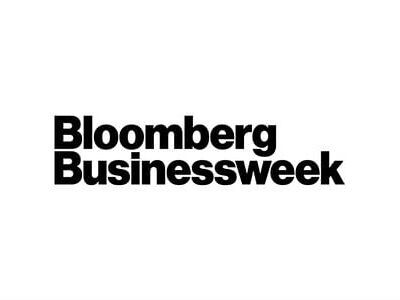What to know about the annual sign-up window for health insurance
News > Politics & Government News

Audio By Carbonatix
5:09 AM on Wednesday, October 29
By TOM MURPHY and NICKY FORSTER
Higher prices, less help and a government shutdown all hang over health insurance markets as shoppers start looking for coverage this month.
The annual enrollment window for millions of people to pick an individual plan opened Nov. 1 in nearly all states, and a heavy dose of politics weighs on this year’s search.
The federal government shut down as Democrats in Congress demanded negotiations to extend enhanced tax credits that have helped people buy coverage the past few years. Republicans say they won’t negotiate until Democrats vote to reopen the government.
Stuck in the middle are insurance customers, many of whom will be facing the biggest premium hikes they’ve seen in years and may be forced to consider changing plans.
“It seems overwhelming, but it really is important to shop and consider your choices,” said Sara Collins, a Commonwealth Fund insurance expert.
Here’s how shoppers can respond:
Shoppers will have until Jan. 15 in most states to find a plan for 2026, but they have to make their choice by Dec. 15 if they want coverage starting New Year's Day.
This is the main chance people with individual coverage have every year to find a plan for the next year. More than 24 million people enrolled in individual plans for 2025, according to KFF, which studies health care issues.
People can buy a new plan with help from income-based tax credits through insurance marketplaces set up in every state. Then-President Joe Biden’s administration beefed up that help with enhanced tax credits during the COVID-19 pandemic. Those are set to expire this year unless Congress works out an extension.
Shoppers also can find options outside these marketplaces — sometimes for a lower price — but they won’t get tax credit help.
KFF says premiums, or the cost of coverage, will jump more than 20% for many levels of coverage.
Those higher prices may not change even if Congress restores the enhanced tax credits before the enrollment window ends, said Karan Rustagi, a Wakely Consulting Group health actuary who works with insurers. It can take insurers weeks to complete rate changes with regulators and then update their systems and customer handbooks.
People who depended on the enhanced tax credits last year could experience additional sticker shock if Congress lets those credits expire.
Researchers at KFF were able to estimate costs for multiple income scenarios. They calculated, for instance, that someone making $35,000 a year could see their monthly cost for a typical silver-level plan jump to $218 from $86.
The most extreme cases involve people with salaries that exceed 400% of the federal poverty level. This group would lose tax credits entirely and pay the full premium price, which can vary by age and location. For example, a 60-year-old in Monroe County, Florida, could wind up paying $2,702 a month without credits versus $460 with credits.
For shoppers still receiving tax credits, one option to soften big price hikes is to buy down, or opt for a cheaper plan. The tradeoff: less coverage.
The Centers for Medicare and Medicaid Services in February cut funding by 90% for a federal program that provides navigators who help people find coverage.
That will lead to less free help in more than two dozen states that rely on the federal government to run their health insurance marketplaces. Kaye Pestaina, a vice president with KFF, said help like this is especially important for first-time shoppers who need to predict their income to get tax credit help.
That task can be especially challenging for seasonal workers or others who see their income fluctuate.
“That one-on-one assistance is going to be really important,” Pestaina said. “It’s not intuitive.”
If navigators are not available, health insurance brokers or agents can help. They receive commissions paid by insurers, often a flat fee.
Shoppers can get a sense for their options by checking their state marketplace. You can find that by visiting healthcare.gov.
Collins said people should start there, not Google. Search engine results could connect you with someone selling more limited, short-term insurance.
Fill out the application for tax credit help first, said Joshua Brooker, a Lancaster, Pennsylvania-based independent insurance agent.
That will tell you whether any help is available to you now. That assistance will automatically be updated if the enhanced tax credits are renewed.
“Doing that first application is not lost time,” he said.
Then pick a plan. Look beyond the premium. Consider any deductibles you may have to pay, what doctors or hospitals are in the insurer's network and how any prescriptions would be covered.
Don’t wait to see whether the extra tax credit debate is resolved. That may not happen during your enrollment window. If it does, you can revisit your choice.
“You do have a mulligan,” Brooker said.
Agents say many people procrastinate on insurance shopping. That can make it tougher to find help as sign-up deadlines approach.
“I have people every year either wait until the very last day to enroll or they miss the deadline entirely,” said Shayla Teague, an insurance agent based in Anchorage, Alaska. “Make sure you have something in place, ready to go.”
___
The Associated Press Health and Science Department receives support from the Howard Hughes Medical Institute’s Department of Science Education and the Robert Wood Johnson Foundation. The AP is solely responsible for all content.








